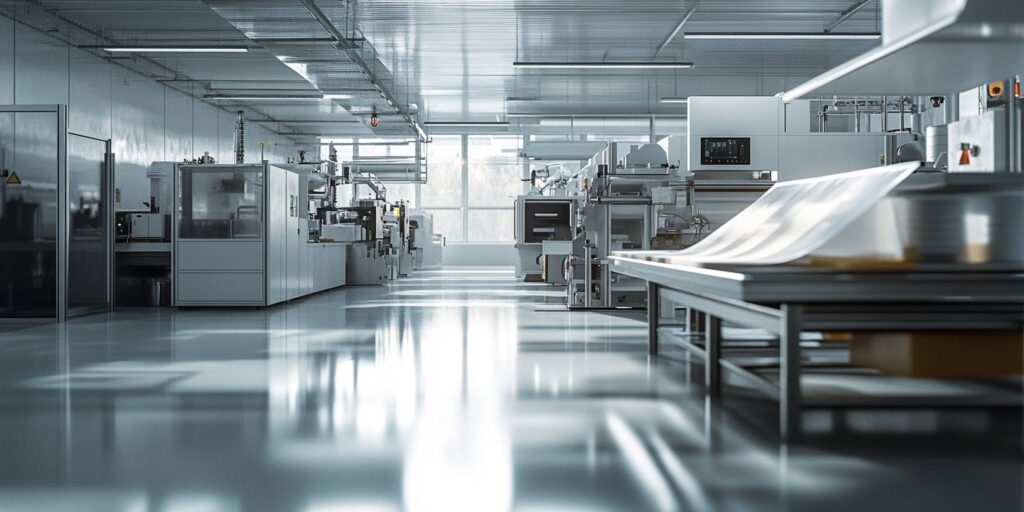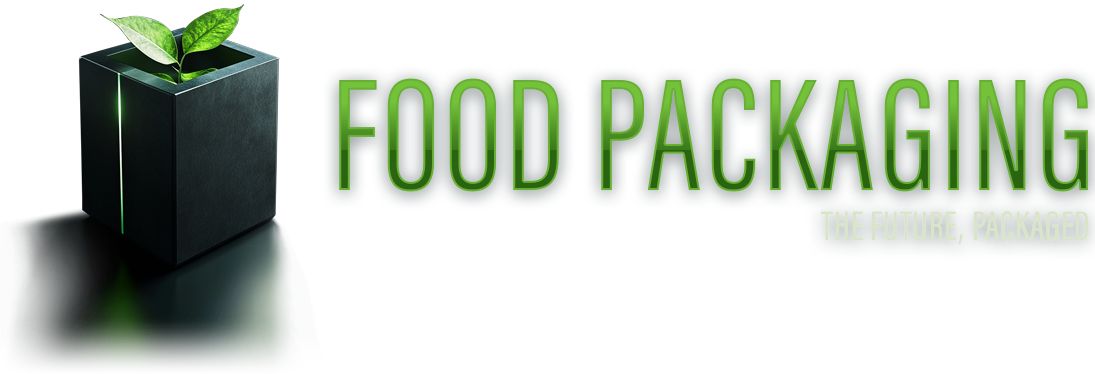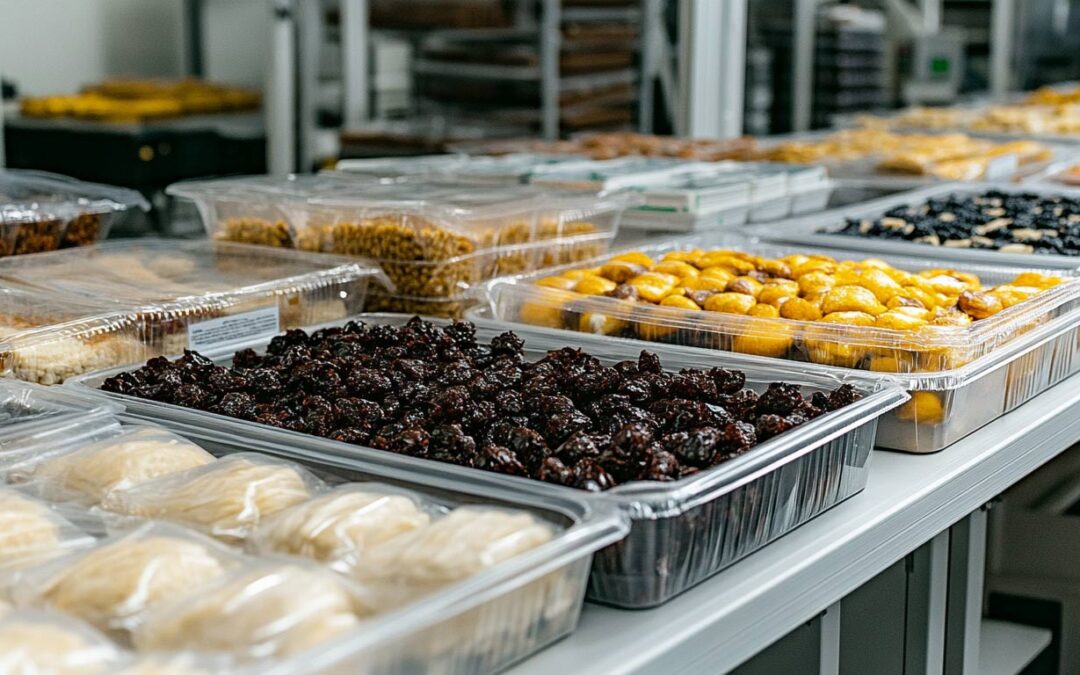What Is the Major Role of Food Packaging?
The primary role of food packaging is to protect food from external contamination, preserve its freshness, and make it easier to transport and store. It serves as a barrier between the food and various environmental factors, such as bacteria, moisture, and air, all of which can spoil food quickly. Here’s a closer look at some of the key functions food packaging provides:
- Protection: Shielding food from physical damage, contamination, and spoilage during transportation and storage.
- Preservation: Extending the shelf life of products by sealing them away from moisture, oxygen, and bacteria that cause decay.
- Convenience: Offering ease of use for consumers, such as resealable bags, single-serving packages, or microwave-safe containers.
- Information: Displaying important product details, including nutritional facts, ingredients, and expiration dates.
- Branding: Enhancing a brand’s image through creative designs and logos that attract customers and create brand loyalty.
Without packaging, it would be difficult to keep food safe for extended periods or to ship products across long distances without spoilage.
What Is the Most Popular Food Packaging?
When it comes to food packaging, some types dominate the market because of their practicality, cost-effectiveness, and versatility. Below are the most commonly used types of food packaging:
1. Plastic Packaging
Plastic is by far the most popular choice for food packaging. It’s lightweight, durable, and inexpensive, making it ideal for a wide range of products. Plastics can come in many forms, from flexible wraps to rigid containers. Examples include:
- Water bottles
- Plastic wrap
- Snack bags
- Resealable zipper pouches
2. Glass Jars
Glass packaging is preferred for products that need to maintain their flavor and freshness over time. It’s a popular option for products like:
- Sauces
- Jams
- Pickles
- Baby food
While glass is excellent for preservation and doesn’t affect the taste of food, it’s heavier and more prone to breaking compared to plastic or metal.

3. Metal Cans
Metal cans, especially those made of aluminum, are common for beverages and canned foods like soups, beans, and vegetables. They offer excellent protection against light and air, preserving the food for long durations.
4. Paper and Cardboard
Paper-based packaging, often coated with plastic or wax, is widely used for products like cereals, frozen foods, and takeout containers. It’s eco-friendly and easily recyclable, making it an increasingly popular choice for companies looking to reduce their environmental impact.
What Is the Most Wasteful Packaging?
Unfortunately, not all packaging is created equal when it comes to sustainability. Some forms of packaging contribute heavily to environmental waste, primarily because they are difficult to recycle or end up in landfills. Here are some of the most wasteful packaging types:
1. Single-Use Plastic
Single-use plastics, such as plastic bags, wrappers, and straws, are the biggest offenders when it comes to waste. They are often not recycled and take hundreds of years to break down in landfills. In fact, plastic packaging accounts for a large percentage of the plastic pollution found in oceans and waterways.

2. Polystyrene (Styrofoam)
Polystyrene is commonly used in takeout containers and coffee cups. While it’s cheap and effective for insulation, it’s incredibly harmful to the environment. It’s not biodegradable, and recycling it is very difficult, so most of it ends up in landfills, where it stays for centuries.
3. Multi-Layer Packaging
Multi-layer packaging is designed to combine different materials (like plastic, aluminum, and paper) to provide extra protection. Think of chip bags or juice pouches. The downside? These materials are nearly impossible to separate, making them non-recyclable and a significant contributor to waste.
4. Non-Recyclable Packaging
Some types of packaging, especially those that are contaminated with food, are challenging to recycle. Grease-stained pizza boxes or food-soiled plastic containers often get tossed into regular trash, increasing landfill waste.
Conclusion
The food packaging industry is essential for keeping our food fresh, safe, and convenient to use. While plastic remains the dominant packaging material due to its versatility and cost-effectiveness, it also presents significant environmental challenges. As consumers, we need to be mindful of the types of packaging we use and how we dispose of them. Moving towards more sustainable, eco-friendly options can make a huge difference in reducing waste and protecting our planet.
Next time you reach for a snack or beverage, take a moment to consider its packaging. Is it recyclable? Could it be replaced with a more sustainable option? Every small change we make helps create a cleaner, greener future for all.

